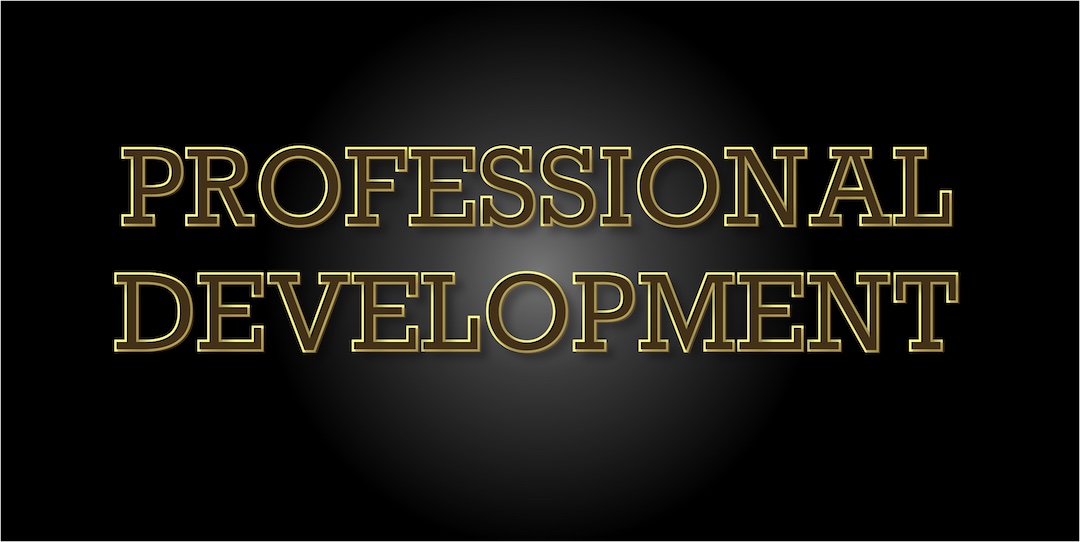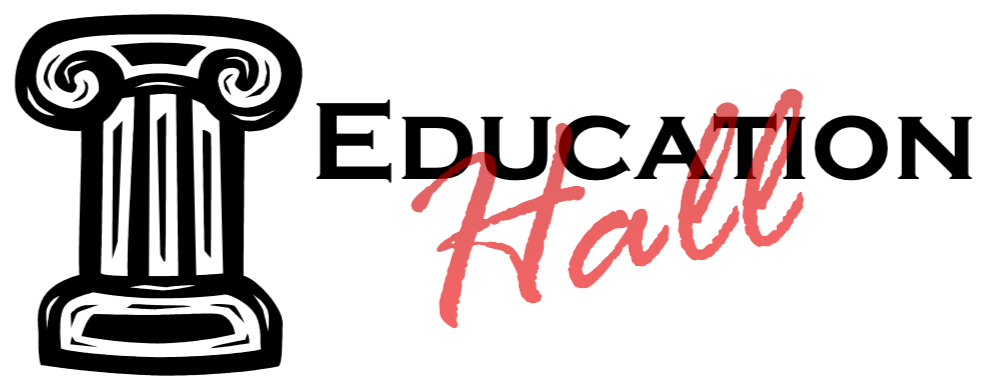By Pete Hall

In the never-ending quest to provide ongoing professional growth opportunities for our staff, employees, and teams, we tend to rely heavily upon leadership to identify needs, isolate the direction, and implement a PD plan. But what happens if the folks in the trenches are feeling overwhelmed, leadership is unsure of the path, and time is of the essence?
Enter the Unconference. As opposed to a top-down, presentation-driven conference, an Unconference is a participant-driven opportunity for folks to connect, collaborate, and contribute to questions, discussions, problem-solving, reflection, and action-planning.
Do you want folks to…
- …own the experience?
- …address the issues most important to them?
- …commit to the process and the product?
- …work together to enact meaningful change?
When our team’s to-do list is a mile long, the demands are ceaseless, and the workload exhausts even the most stout employees, the last thing anyone wants is to be told what to do, what to learn, and how to go about it. Instead, a simple, strategic action is to shift the locus of control to the teams and professionals themselves. Ask them what they need. Ask them if they’d like to be a part of the brainstorming and the solution. Ask them to engage with each other in a collaborative exploration.
Ask them to participate in an Unconference.
What’s an Unconference? In short, it’s a savvy approach to growing employees while letting them – the employees – be in charge of the topics, the discussions, the strategies, and the next-steps…without needing an extensive pre-planned agenda, expensive expert presenters, or even the sniff of a PowerPoint (in other words, it’s missing all the hallmarks of a conference).
How does an Unconference work?
In a nutshell, an Unconference involves convening the team with the express intent to learn, grow, and collaborate. It could be a stand-alone event, such as an entire staff meeting, or an Unconference could occupy the last hour of a full day of professional development, allowing participants to finish on a high note. Function determines format, right? So the length of the session would be determined by your goals as a team.
As you can read in the attached protocol document, “the goal of an Unconference is to empower participants to suggest items of concern/interest to them, then discuss and brainstorm solutions/strategies together. An Unconference prioritizes conversation and collaboration over presentation. The beauty of an Unconference is that there are no pre-set agendas, no presentations, and no hierarchical structure – it’s truly a gathering that facilitates the development of professionals, by, with, and through those professionals.”
An Unconference prioritizes conversation and collaboration over presentation. It’s truly a gathering that facilitates the development of professionals by, with, and through those professionals.
The participants suggest topics to discuss, questions they’d like to answer, and/or problems-of-practice they have yet to solve. This ensures that the conversations are applicable, relevant, and timely. And because the professionals determine the topic options and, subsequently, which discussion to join, each individual has autonomy over the content and conversation in which s/he participates. There will be no need to stealthily (or not-so-stealthily) scroll through phones any more, not with real conversations to have!
The discussions themselves, comprised of employees who have chosen to engage in each topic to process information, dig into a tool or idea, brainstorm strategies, or coach each other in their thinking and approaches, typically last between 25-30 minutes. There’s no right or wrong way to participate in the discussions, as long as everyone participates. And, lest the leaders worry that the team members will take advantage of this time and it’ll end up being a free-for-all, there’s a structured debrief at the end: each team reports the topic, hits the big ideas touched upon, and shares a takeaway or two that the group identifies, followed by a robust individual reflection session in which all participants process the event and commit to their follow-up actions.
Again, this is all in the protocol, found here.
What topics will folks discuss?
Without putting too fine a tip on this: Anything. If it’s work-related, will improve employee effectiveness, might solve a problem, or needs to be put on the table, then it could be the topic of one of the discussions in an Unconference. Here are a couple examples of guiding questions from recent Unconferences I’ve co-hosted for organizations:
- What are some apps that can help reinforce the skills some of our students lack?
- What questioning strategies tend to yield the highest engagement rate?
- What do I say when someone is being negative about a co-worker?
- What are some of your go-to strategies for managing the rest of the class while I teach a small group?
- How do I build relationships with a really prickly kid?
The sky is truly the limit when it comes to suggesting and entertaining topics of discussion. The team will determine which topics are worthy of their time and energy – if no one joins a discussion, it becomes defunct and the facilitator moves to a different discussion. Ultimately, one overarching question will determine the topics in any given Unconference: What are folks wrestling with right now?
When do we host an Unconference?
Well, when do you gather as a team? What opportunities do you have to convene in a common location? Staff meetings, team huddles, leadership gatherings, designated team-building retreats, you name it. If you can bring the team together, you can host an Unconference.
What are the benefits of an Unconference?
Besides reducing the amount of time employees spend stealthily scrolling during expensive presentations, the primary benefits are the cultivation of a culture of continuous growth, the ownership of pressing concerns and needs, the development of a collaborative team atmosphere, and the expansion of autonomy, mastery, and purpose, the three lynchpins of motivation shared in Dan Pink’s “Drive.” In addition, backchannel communication, what we used to refer to as “water cooler chatter,” will more likely be focused on goals, solutions, strategies, and collaborative opportunities to grow.
Whether you’re a team member or a team leader, that’s a refreshing detour around top-down, mandatory professional development sessions. Try the Unconference for yourself and see how it goes.
Pete Hall is the President/CEO of EducationHall, and he has helped dozens of school teams organize Unconferences. You can reach him at PeteHall@EducationHall.com or connect on X (formerly Twitter) at @EducationHall.
Stay Up To Date
Stay up to date with the latest news updates and blog posts
Share Article
Share this post with your network and friends

Recent Comments